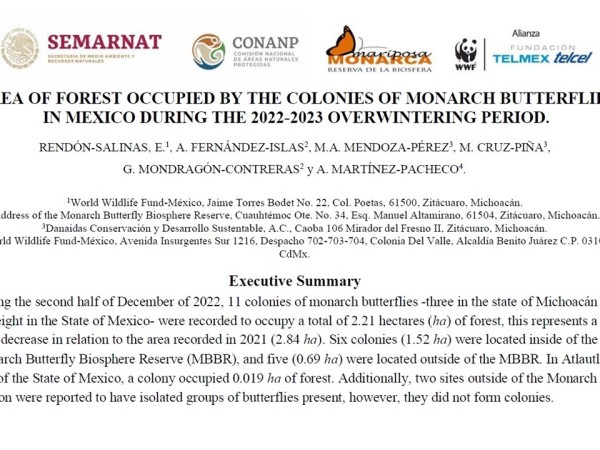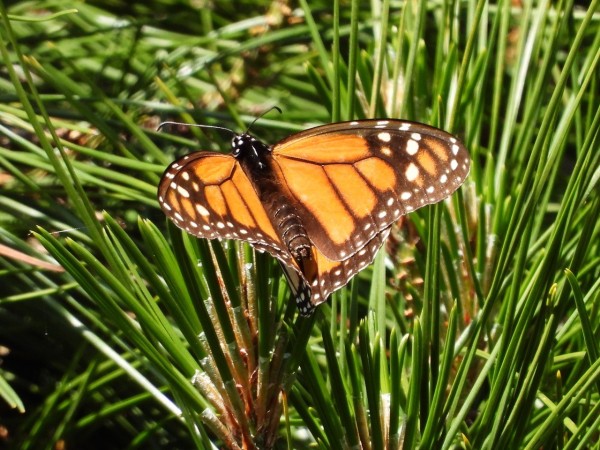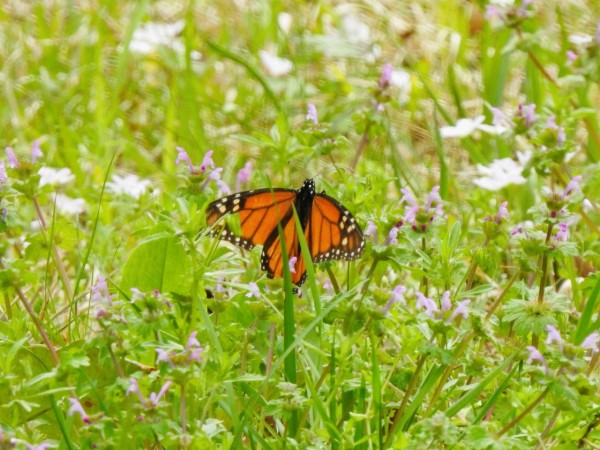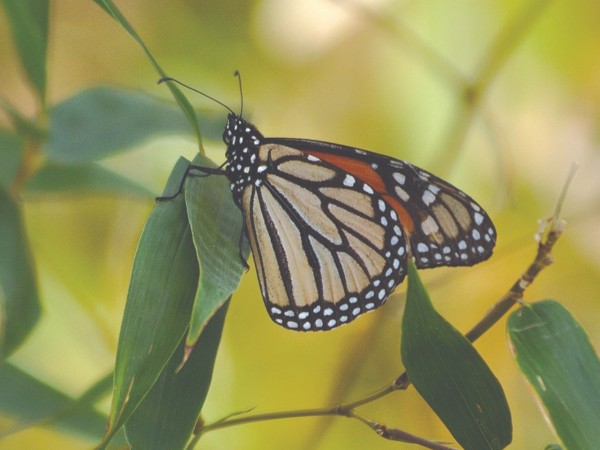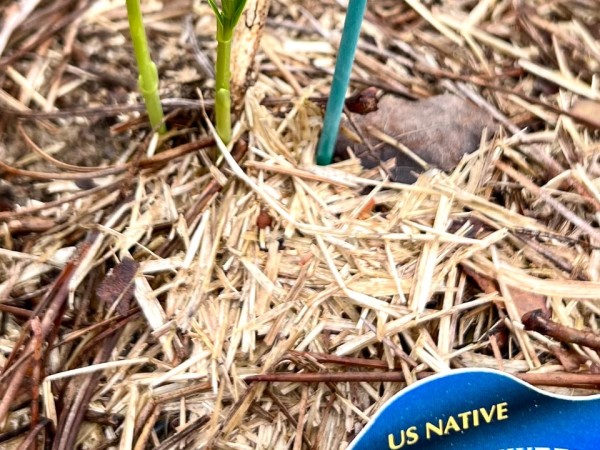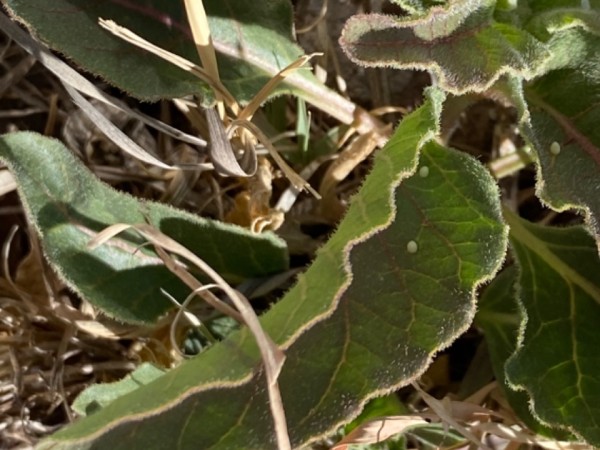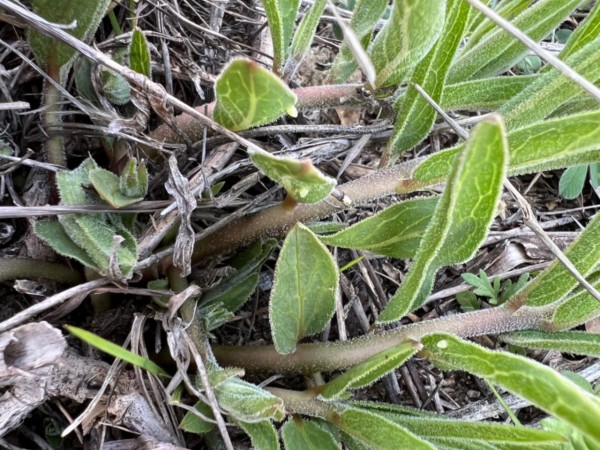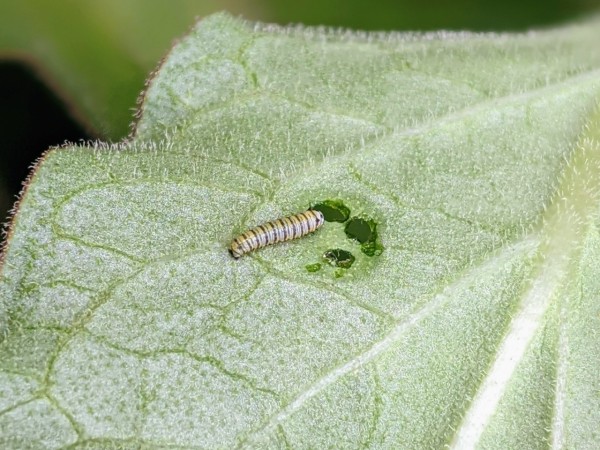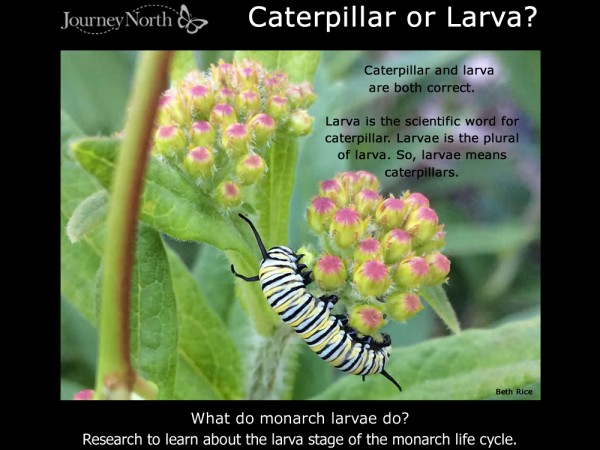Monarch Population Estimates Released
Eastern Monarch Population
WWF-Mexico and partners have released their report: Area of Forest Occupied by the Colonies of Monarch Butterflies in Mexico during the 2022-2023 Overwintering Period. Dr. Karen Oberhauser, UW-Madison Arboretum, provides insights. As she notes in her article: "On March 21, 2023, the World Wildlife Fund-Telmex Telcel Foundation Alliance (WWF) and the National Commission of Protected Natural Areas in Mexico (CONANP), released data from the winter 2022–23 monarch butterfly population counts...In December 2022, monarchs occupied 2.21 hectares, compared to 2.84 hectares at the same time in 2021, or a 22 percent decrease. The average for the past decade is 2.75 hectares, and the population has been declining since we began measuring it."
Letter From Estela Romero
Several monarch colonies remain. Ms. Romero wrote: "Last week’s 3-4 day rain at the overwintering sites was refreshing for the remaining population at Sierra Chincua and El Rosario Sanctuaries. The rains prompted blooming. And the rain provided moisture for the soil and water for streams...As March draws to a close, monarchs could surprise us with the great final departure any day this week."
Seeing Monarchs and Milkweed?
Most reports are concentrated in Texas but a few monarch observational reports have appeared in Arkansas, Tennessee, and South Carolina.
Kay in Wilmar, AR: "I observed the monarch foraging among the henbit and other wildflowers and grass on a sunny, mild day." (03/16/2023)
Karen in Del Rio, TX observed one monarch. (03/12/2023)
Are milkweed plants emerging in time to host monarch eggs and larvae? Only your reports will help to answer this question. Milkweed is emerging as far north as Virginia but the majority of egg, larvae, and milkweed observations are from observers in Texas.
Heather in Virginia Beach, VA: "Milkweed emerging from our milkweed beds in our waystation." (03/15/2023)
Susan in Aiken, SC: "Noticed sprouts in the side yard!" (03/12/2023)
Robin in Alpine, TX: "Had a faded monarch deposit eggs on a small sprig of milkweed I have growing in my yard." (03/15/2023)
Sara in Glen Rose, TX: "I found 18 eggs on antelope horn milkweed in our pasture. I also saw my first Monarch of the season today." (03/15/2023)
Amanda in Weimar, TX: "First larva sighted on zizotes milkweed on our property." (03/19/2023)
Western Monarch Population
Letter From Gail Morris: Western Monarch Spring 2023 Report #4
Gail Morris writes: "Last week the California coast was once again pummeled with another atmospheric river with battering sheets of rain and high winds. Rivers overflowed their banks, floods surged throughout the region and trees fell. Yet, despite the storm's intensity, when sunny clear days appeared, monarchs were on the move in an extraordinary fashion. Read about their mass dispersal, a rare event in California."
Please Submit Your Observational Reports
If you are observing monarchs and milkweed, please report to Journey North.




